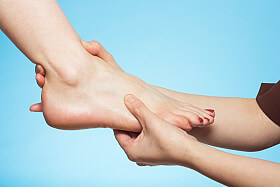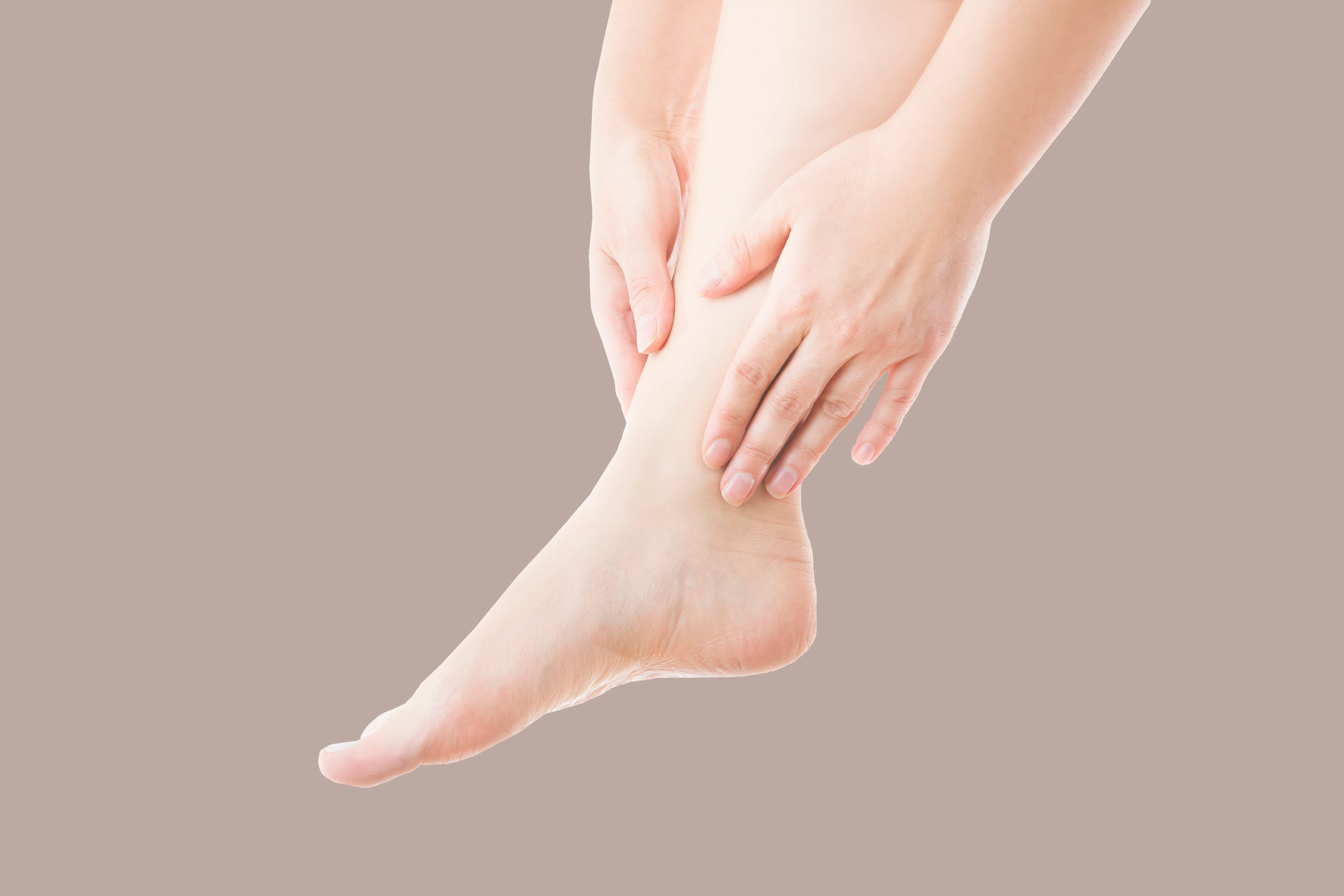
Also, The Key to Healthy Posture!
Your feet are the foundation of the body; they support the weight of everything above them. Even a small imbalance on your feet can
develop subtle changes of your gait patterns causing a chain of reaction on the mechanics of the body including ankles, knees, hips,
pelvic and spine. Potentially leading to serious complications.
Now days we walk mostly on hard surfaces outside and at work. Feet being the base of our balance, receive lots of weight. Minor imbalance
on them could be the source of various form of trouble on feet, ankle, knees, low back and spine. Almost like a domino effect upward only
that this is caused usually by lack of arch support which could easily be achieved thru the use of Orthotics.
Feet are like the foundation of the house, not only we stand on them but, walk, run and play. When you stop to think about how much even the average person uses their feet for locomotion alone, is over 10,000 foot strikes a day. Every one of these movements can add up to a considerable contribution in stress to the muscular skeletal system. Furthermore, just think of how much more the stress and pain could be magnified if the feet were unstable or imbalance.
Orthotics are orthopedic devices designed to treat or adjust various biomechanical foot disorders that affect not only the foot, but the
entire skeletal system.
The best Orthotics is custom-tailored devices specifically crafted to meet the needs of a particular individual. After an assessment, if
orthotics are required, your will be recommended the Orthotics that best suites you.
The finished Orthotic is then placed in the patient’s shoe and helps keep the foot in the correct alignment. This in turn may correct the
alignment of the shin bone, the knees, the hips, and the lower and upper back.
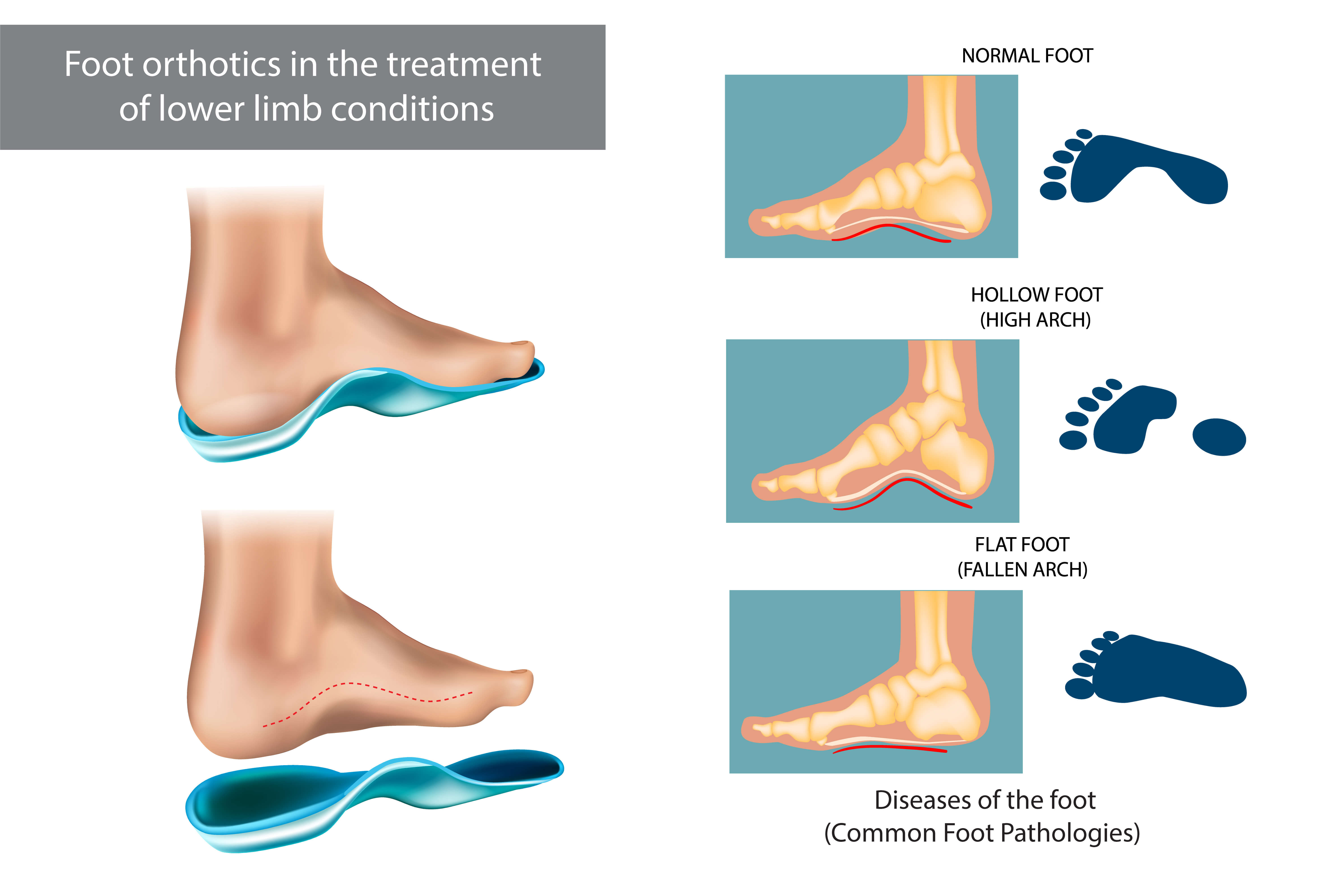
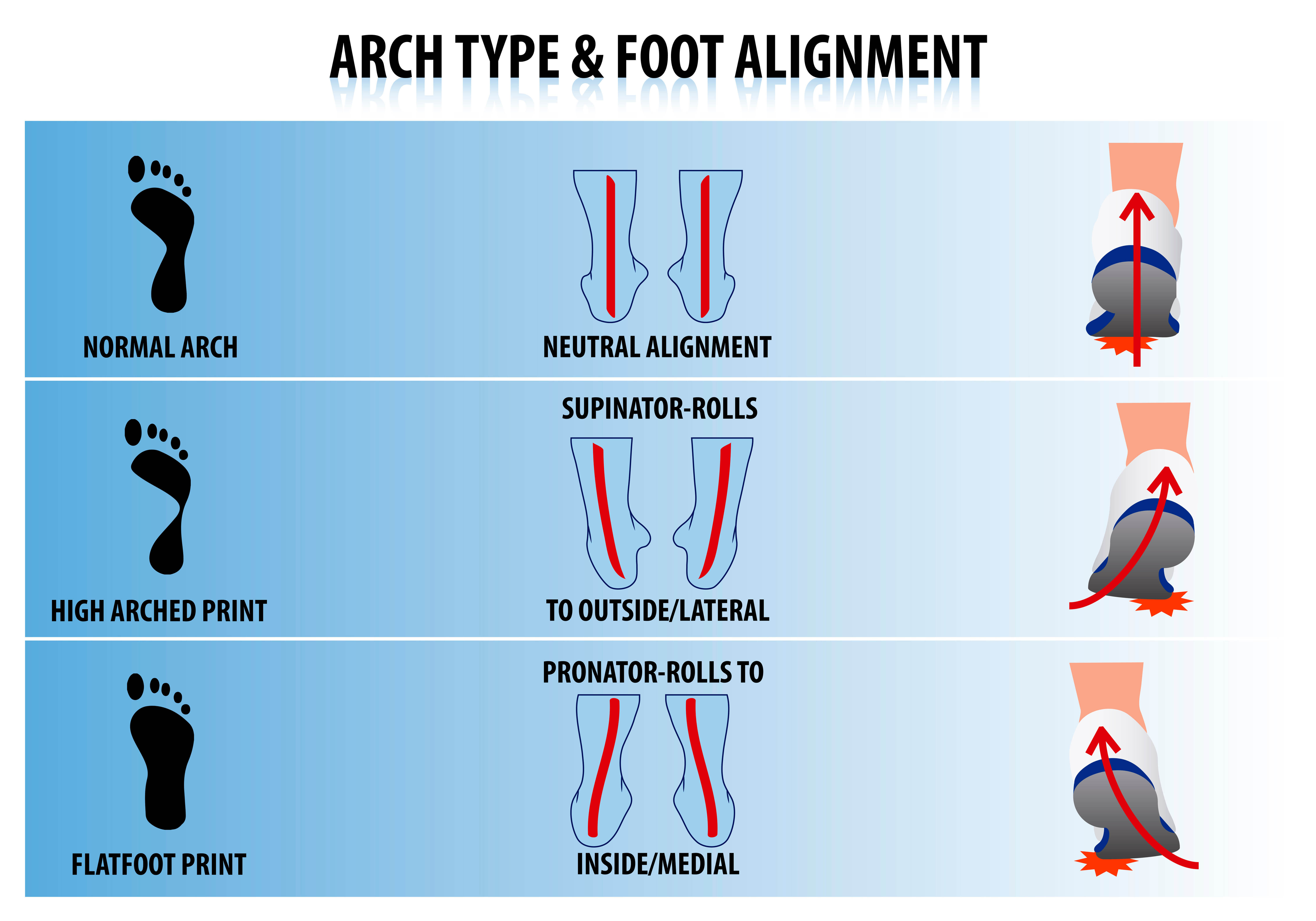
Due to the hard, man made, unnatural surfaces that we now walk on, perfect feet are very rare, and almost anyone can benefit from Orthotics.
They can prevent and alleviate many of the common foot complications that cause discomfort in otherwise healthy people.
They can alleviate Foot, Shin, Knee, Hip, and Back pain. Almost anyone can achieve some benefits from Orthotics. There are several common
symptoms that may indicate misalignment of the feet:
Research has been dedicated to understanding how Orthotics design can predictably improve muscular skeletal alignment.
Over time, stresses on the feet can deform them. One of the foot’s main functions is to absorb shock as the body’s weight shifts with each step. It does this through a complex process in which the arch of the foot flattens slightly. This absorbs and distributes the weight throughout the entire foot. There are two major problems that can occur in this mechanism.
The first occurs when the arch does not flatten at all. This typically occurs in a person with a high arch, called a Pes-avus foot. As the arch does not flatten, it absorbs shock poorly. Instead of spreading it throughout the entire foot, the weight of the body falls only on the heel and the bases of the toes. This increases stress on the foot. Furthermore, because the weight is not absorbed well in the foot, it radiates up the leg to other joints. Over time, this can cause pain in the knees, hips and lower back.
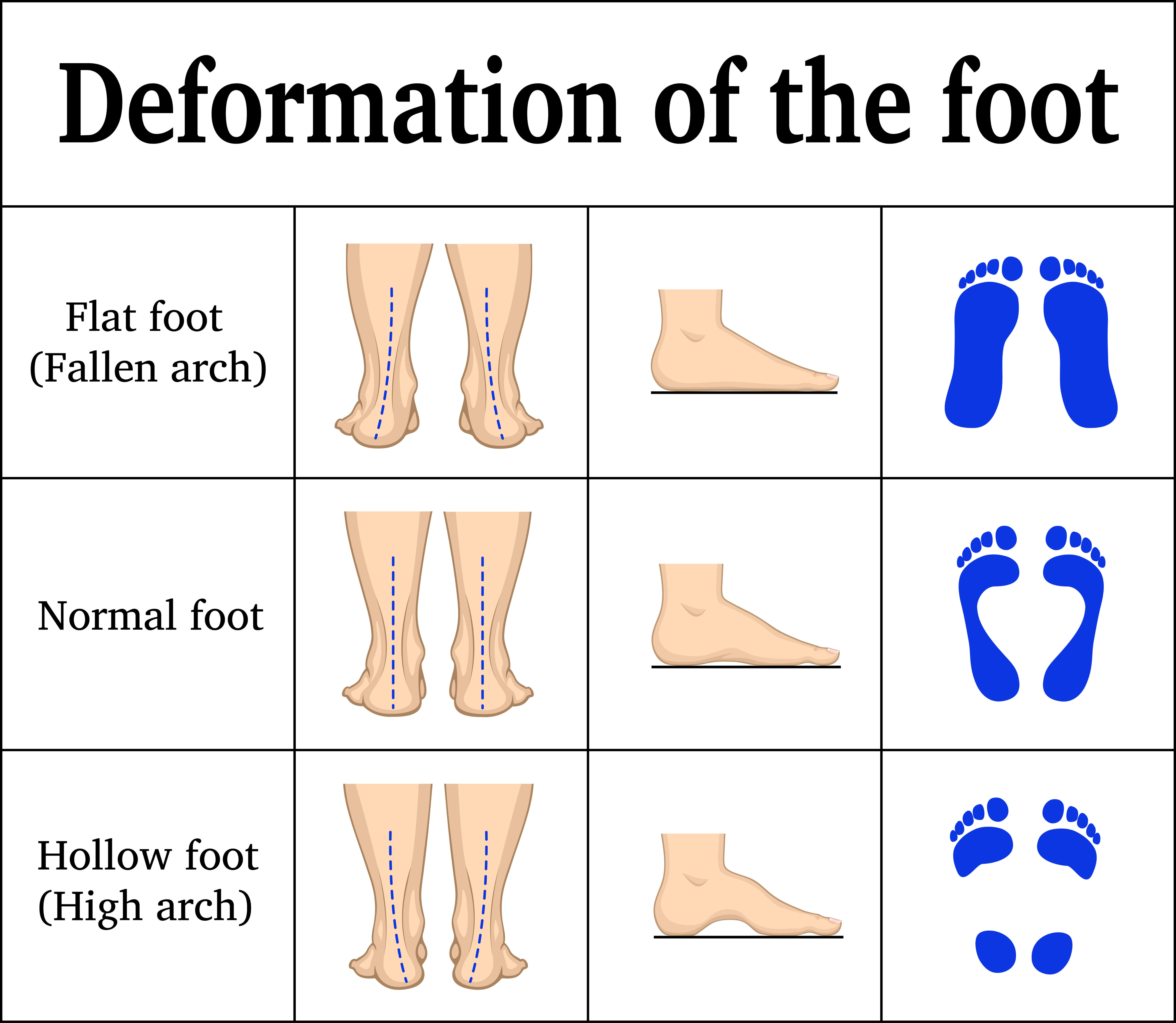
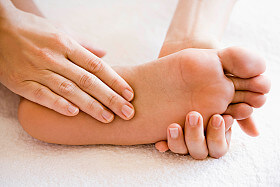
A different problem results if the arch flattens too much, this is more common. It may also be known in lay terms as flat feet. In such cases, the weight distribution on the foot is too far on the medial (inside) side. A flat foot, or pronated foot as it is correctly called, is unstable and cannot maintain a correct arch. Over time, the weight of the body on an unstable foot will cause the bones of the foot to become misaligned. This can lead to the development bunions, hammertoes and other foot deformities, as well as shin, knee, hip and lower back pain..
If a structural problem is present, the foot can collapse under the body’s weight. Runners for example in particular exert much greater forces on their feet than those generated by simple walking. This can lead to more severe injuries, such as sprained ankles, shin splints and even fractures.
Regardless of your age it is a proven fact that if you have excessively high arched or flat feet you will have an unstable walking pattern. This can lead to foot, leg and back pain and even arthritis.
Your feet are subjected to 2.25 million Kg of impact daily.
A human has 26 bones, 19 muscles and tendons, 107 ligaments, 38 joints and 60, 000 sweat glands in each foot.
Sports patients have heavy demands on their bodies and like a sports car their alignment can have a critical role to play in them reaching
peak performance. A runner makes 15, 000 strikes with a force 3-4 times their body weight in a 10 Km run. Imagine doing it out of balance.
